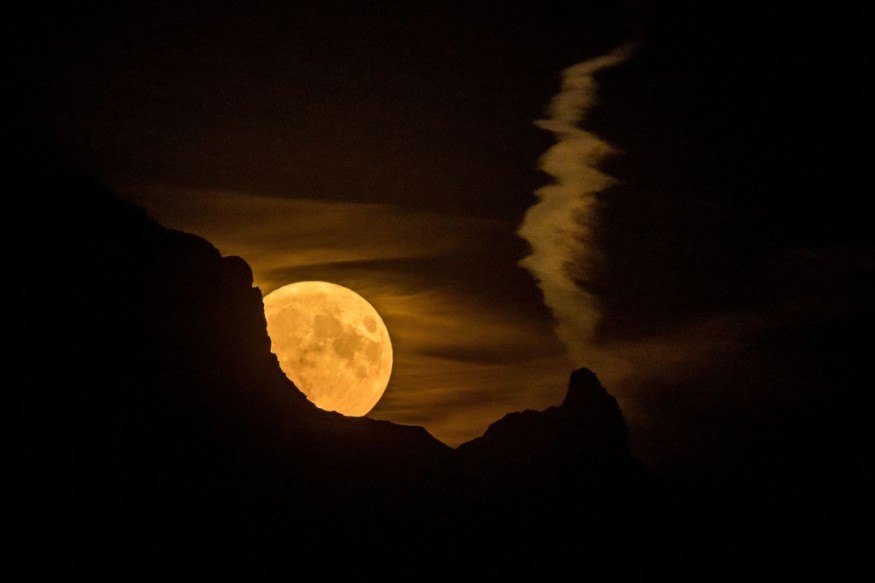
The penultimate supermoon of the calendar season shall emerge in the celestial sphere this week with the apparition of the Sturgeon full moon.
August Supermoon
For those who are not aware of how the full moon emerges in the sky; full moons, according to specialists, arise well over every month whenever the crescent is in cosmos opposing the solar, with planet earth somewhere between, Live Science reported.
During the full moon, the moon is completely lit at certain periods, forming a circular shape. Theoretically, the crescent does become whole at a precise point in period, which would happen this cycle on Thursday, August 11 at 9:36 p.m. ET (6:36 p.m.) NASA specifies PT.
Notwithstanding the above, majority of the viewers would see the moon completely lit for about three days focused on this moment. Full moons emerge at sundown and drop at daybreak, glowing throughout the whole night since they are placed exact reverse the sun's position in the horizon.
The August full moon is commonly alluded to as the Sturgeon moon, a historic Native American moniker related to the notion that such a phase of season was deemed optimal for fishing sturgeon in the Great Lakes.
The full moon in August is sometimes termed a supermoon, as this is the 4th and last supermoon that will transpire during the year of 2022. This is a non-scientific word for a full moon that is nearing its closest approach position in its trajectory when it is closest to Planet, as shown in the report made by Space.
Because the moon's trajectory across the Earth is eccentric, or elongated shaped, instead of precisely spherical, the separation separating the celestial objects fluctuates with period, resulting in supermoons.
In the latest article published under Forbes Magazine, a supermoon has hardly any specific designation, although it is commonly employed to represent every full moon that happens when it is inside of 90% of its minimal range from the Planet.
The optimum moment to see the full moon, as per the astrophysicist Gianluca Masi of the Digital Astronomical Initiative, is when it emerges or falls.
Sturgeon Full Moon Viewing
In his statement with Newsweek, experts Masi initially informed that all through nightfall, the remaining sun illumination diffused all throughout by the stratosphere permits humans to view the surroundings.
Additionally, the moon rises there next to landmarks as well as prominent scenery components at its approach and descent, giving the impression that its sphere is bigger than normal, although this is only an optical phenomenon caused by the proximity of those earthly things in the direct field of vision that the human subconscious employs for reference.
Full moons usually appear in the east then descend in the west, therefore if anyone desire to see the moon emerge, pick a spot with an overhead shot of the eastern frontier.
The moonlight would ascend at 8:18 p.m. on the 11th of August for viewers in New York. As a consequence, amateur astronomers in this region will then be fortunate to witness the moon as it approaches fullness.
Conversely, according to BBC Science Focus, moonrise would happen at 8:04 p.m. for spectators in Los Angeles. On the 11th of August, the moonlight will remain underneath the sky when it hits maximum phase. Nonetheless, spectators in this area will be allowed to experience the fully lighted moon beaming throughout the night time, just as they would in New York.
Related article : Is Earth Getting Closer or Farther From the Sun?
© 2025 NatureWorldNews.com All rights reserved. Do not reproduce without permission.





